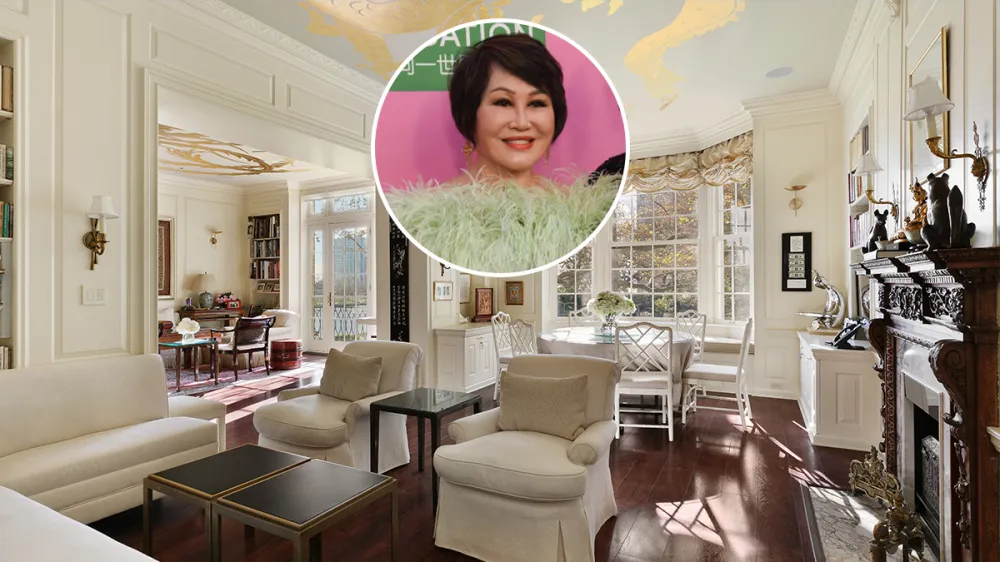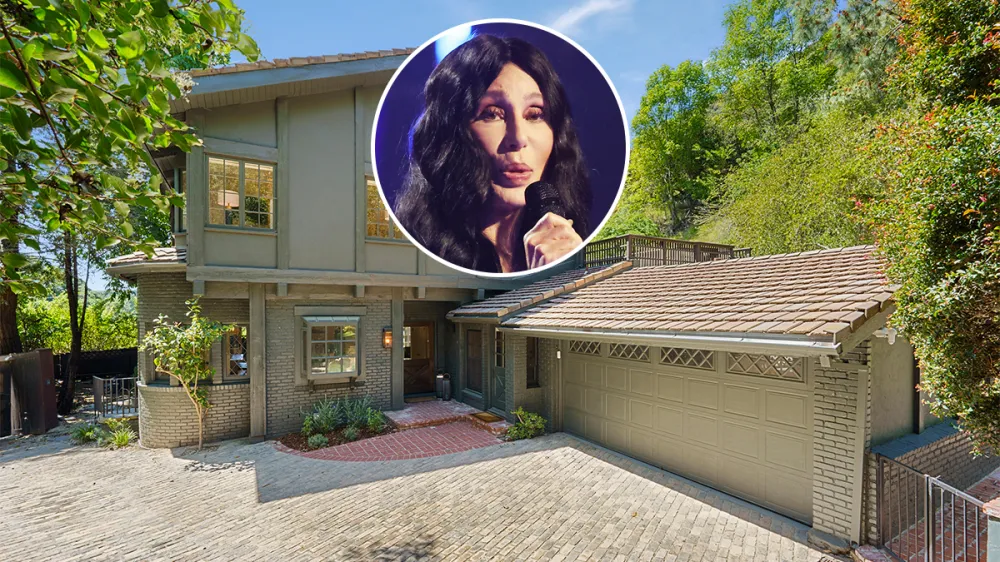In a significant legal maneuver, New York Attorney General Letitia James and her team have initiated steps to seize assets from former President Donald Trump following his inability to post bond in the $464 million civil fraud ruling against him.
The first tangible indication of this endeavor came as James filed judgments in Westchester County, signaling the state’s readiness to take Trump’s golf course and private estate, famously known as Seven Springs, located north of Manhattan. These judgments were formally entered with the clerk’s office in Westchester County on March 6, merely a week after Justice Arthur Engoron’s ruling, which held Trump — as well as his sons Donald Trump Jr. and Eric Trump, and the Trump Organization — liable for the staggering $355 million, plus interest.

James has set a deadline of March 25 for Trump to fulfill the bond requirement linked to the judgment, although Trump’s legal team has indicated that posting the bond is an “impossibility” after approaching more than 30 firms.
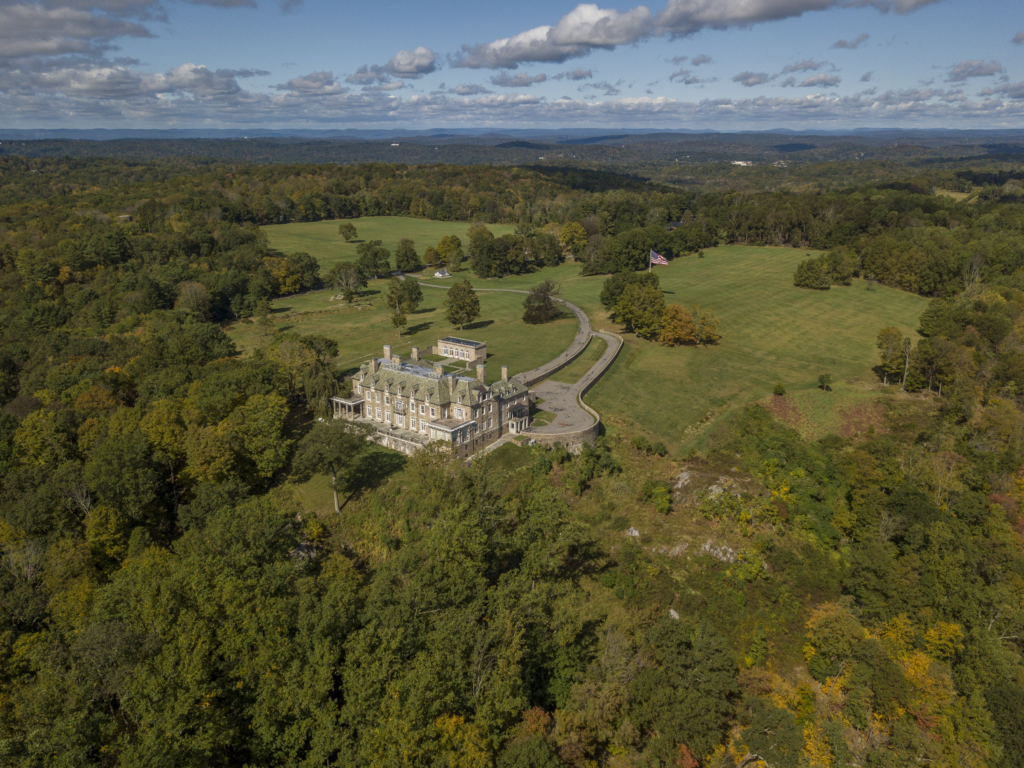

Nestled within the serene landscapes of Westchester County lies the opulent Trump Seven Springs estate, a prestigious, 230-acre haven spanning three towns: Bedford, Armonk, and Chappaqua.
Originally built in 1919 by Eugene Meyer, former publisher of the Washington Post and chairman of the Federal Reserve, this magnificent mansion was acquired by the Trump Organization in 1996 for $7.5 million, marking the beginning of a new chapter in its storied history.
The estate was crafted over five years with the labor of 500 Italian masons and other artisans from across the globe.

Beyond the main mansion, the estate boasts carriage houses, each with its own unique charm, and a Tudor-style mansion constructed in 1919 by H.J. Heinz, founder of Heinz ketchup and a close associate of Meyer.
Donald Trump’s vision for Seven Springs was ambitious and initially sought to transform it into a luxurious golf course. Yet, despite two decades passing since its purchase, no greens have been laid. Instead, the estate has evolved into a secluded retreat for the Trump family.
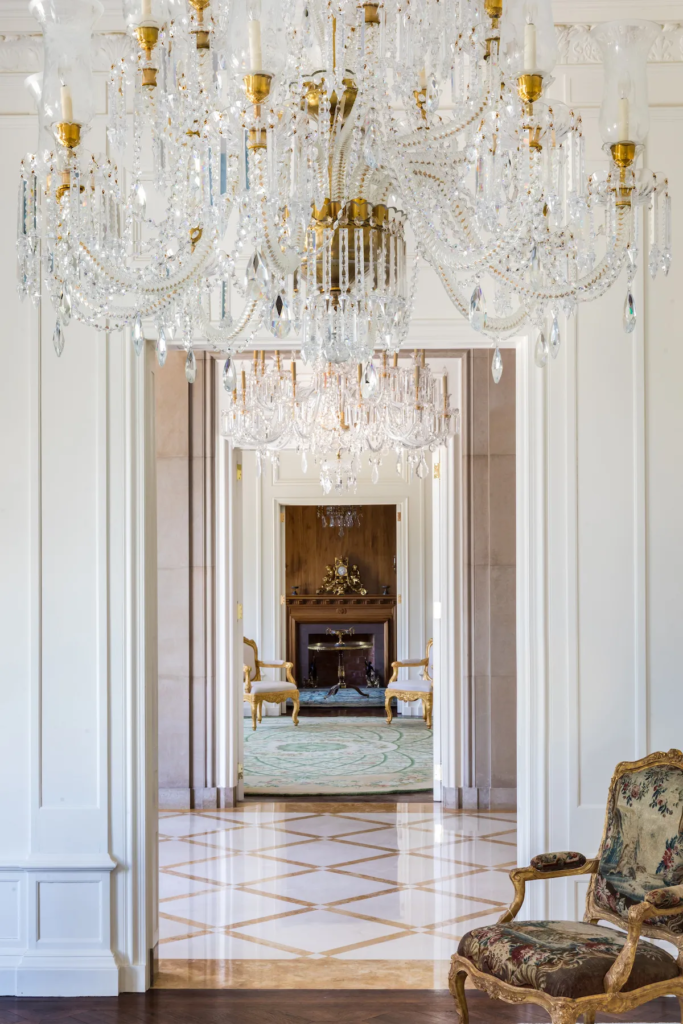
Trump’s plans for an 18-hole golf course faced fierce opposition from neighboring towns concerned about traffic and the environmental impact on Byram Lake, a vital water source for Mount Kisco.
Despite years of effort, Trump ultimately abandoned the golf course project, leaving Seven Springs as a cherished family sanctuary.
Eric Trump fondly recalls his upbringing at Seven Springs, where weekends and summers were spent on its sprawling grounds, including the palatial, 50,000-square-foot main home.

“My father, during the summers, would always put us to work,” Eric said in a 2014 interview with Forbes. “We were literally riding mowers around, we were mowing all the fields, cutting down trees and fallen trees, cutting rebar and laying marble and doing electrical work, doing demo work.”
From assisting in maintenance tasks to exploring the woods and fishing on Byram Lake, the estate was a playground for the Trump siblings.
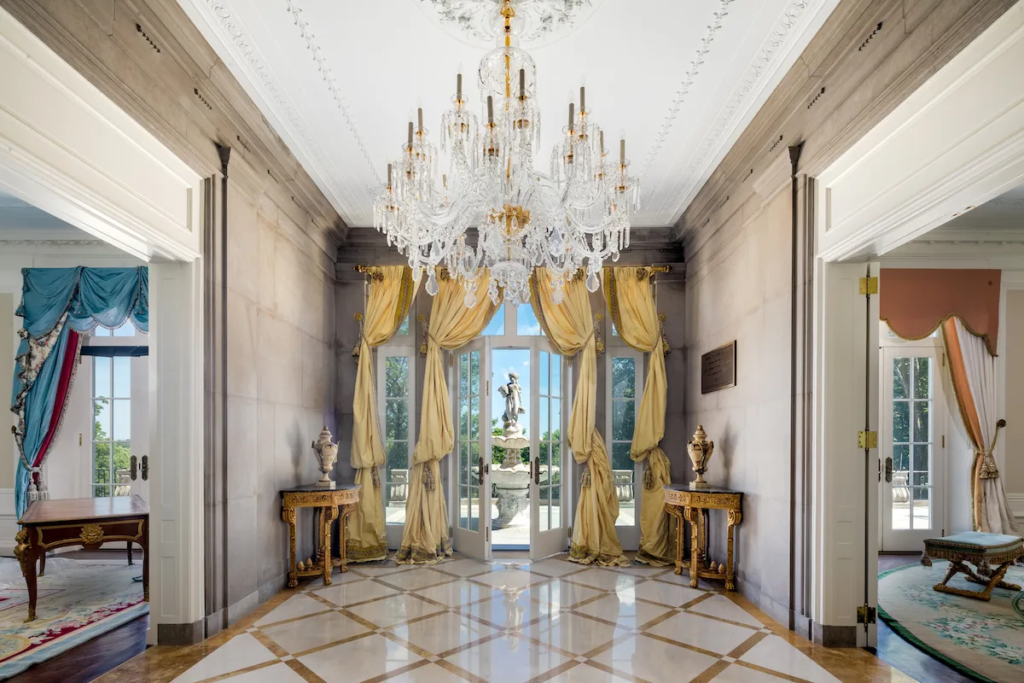
The carriage house served as their cherished retreat until Eric eventually moved on. “It was home base for us for a long, long time, until I finally bought another house and moved out,” he said.
Seven Springs boasts 60 rooms, 15 bedrooms, and an array of amenities including three pools, a bowling alley, and hiking trails.











